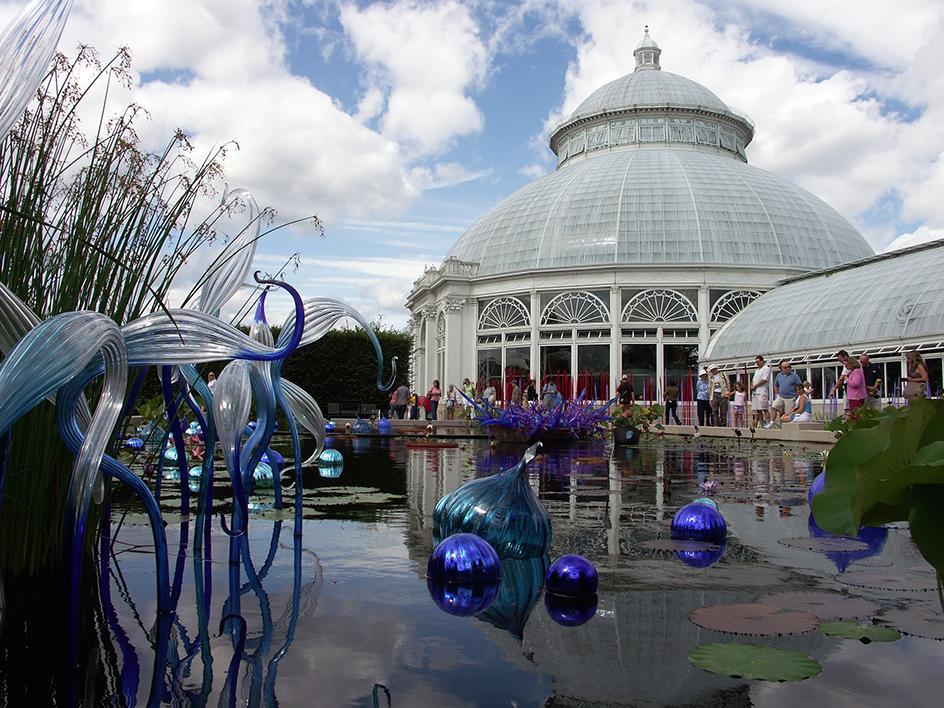Bronx is one of the five boroughs (districts) that make up New York City. The Bronx lies across the Harlem River from Manhattan and covers 57 square miles (149 square kilometers). It is bounded on the west by the Hudson River, on the east by Long Island Sound, and on the south by the East River. The Bronx River runs south through the borough and flows into the East River. The Bronx is the only New York City borough that is on the mainland United States.
The western part of the Bronx consists of a series of hills and valleys crossed by a perpendicular street grid system. The eastern part is a broad plain, with peninsulas extending into the East River and Long Island Sound. The Bronx is chiefly a residential borough. Its population at the 2020 census was about 1 1/2 million. The borough’s neighborhoods include Riverdale, which has tall apartment buildings, large private homes, and exclusive private schools; Morrisania, one of the borough’s poorest neighborhoods; and Co-op City, a large housing development with more than 15,000 apartments owned by its residents.
Bronx Park lies in the center of the Bronx. It includes the Bronx Zoo, one of the best-known zoos in the United States, and the New York Botanical Garden, an important scientific institution. Pelham Bay Park, at the northeastern edge of the borough, is New York City’s largest park. The Bronx’s other parks and recreational areas include Van Cortlandt Park, Edgewater Park, and City Island. Rikers Island, in the East River, is home to one of the largest jail facilities in New York state.

The Bronx is sometimes known as the borough of parks and universities because it has numerous places for recreation and higher learning. Fordham University and Lehman College have campuses to the west of Bronx Park. The campus of Bronx Community College of the City University of New York includes the Hall of Fame for Great Americans. The hall honors the memory of people who have greatly influenced the history of the United States (see Hall of fame ).
Yankee Stadium, in the southwestern part of the Bronx, was home to the New York Yankees baseball team from 1923 to 2008. That stadium was demolished after the 2008 season, and in 2009 the team moved into a new Yankee Stadium near the old field.
Dozens of bridges connect the Bronx with other parts of New York City. The Throgs Neck and the Bronx-Whitestone bridges link with the borough of Queens. The Robert F. Kennedy Bridge connects with Manhattan and Queens, and the Henry Hudson Bridge links with Manhattan.
Algonquian-speaking Indians inhabited what is now the Bronx when Dutch settlers arrived in the 1600’s. Jonas Bronck, a Swedish sea captain who had lived in the Netherlands, was the area’s first European settler. The Bronx River and, later, the borough were named for him. The area came under English control during the 1660’s. In the mid-1800’s, the area became home to a number of German immigrants. Large groups of Italians and European Jews followed in the early 1900’s. New York City annexed the area west of the Bronx River in 1874 and the area east of the river in 1895. In 1898, the Bronx became a separate borough of Greater New York City.
Since the 1940’s, the number of Puerto Rican, other Hispanic, and African American residents in the Bronx has increased significantly. The Bronx is also home to many recent immigrants from such places as Africa, the Philippines, the Caribbean, and eastern Europe.
